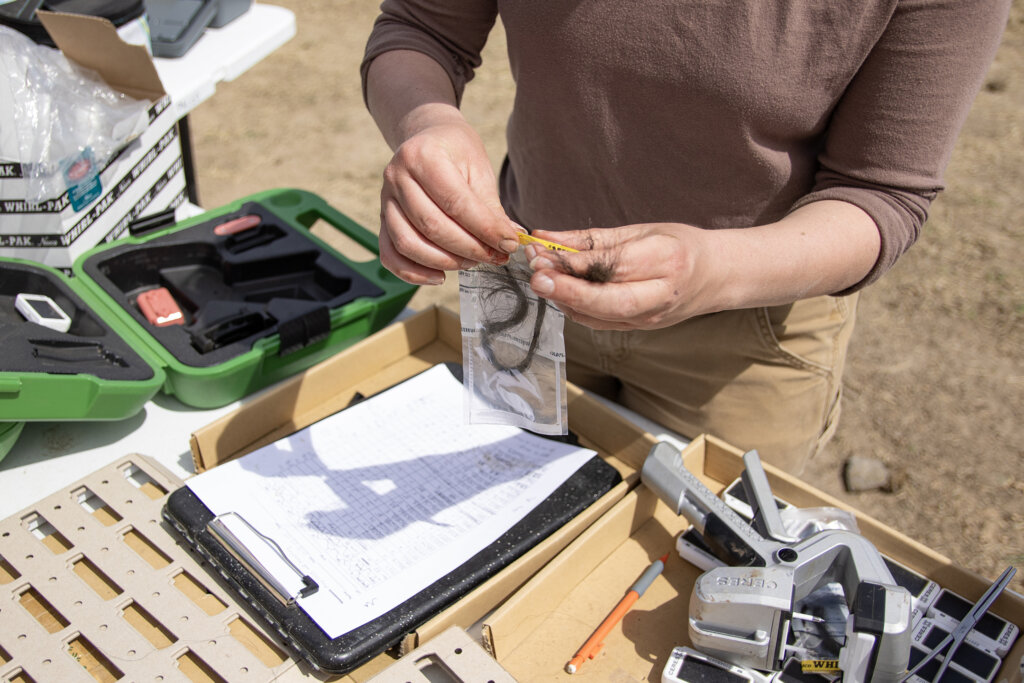It’s been a busy and productive first half of 2023 for our bison team at American Prairie. The biggest cause to celebrate has been the remarkable turn-around in range conditions thanks to the moisture that has fallen over Montana so far this year.
In addition to greener pastures, our team is pleased to report several milestones regarding our bison herd.

Healthy Herd
This spring American Prairie welcomed 65 new bison to its herd. These bison originated from the Laramie Foothills herd in Colorado and our friends of the Aaniiih and Nakoda community of Fort Belknap.
We strive to bring in new bison to continue to maintain and improve our herd’s genetic integrity. Genetic health and diversity are important parts of our bison management because low genetic diversity can cause abnormalities, low birth rates, and reduced resistance to diseases. High genetic diversity allows the herd to better adapt to changes in their environment, maintain fitness, and reduce the risk of gene loss over time.
The clinical health of our herd is just as important as its genetic health. That’s why any bison we import are sourced from brucellosis-free herds. American Prairie routinely conducts bison handlings to maintain and monitor herd health. This past spring, the imported bison once again received a clean bill of health after being tested for a wide-range of common diseases. In addition, all imported female calves were vaccinated for brucellosis.
Bison Harvests Awarded
In July, American Prairie drew 17 opportunities for the public to harvest a bison from our herd. We are pleased to report that all of those opportunities went to Montana residents, and this year, our public application period broke a new record with over 3,700 people entering our drawing. In addition, we have donated three more harvest opportunities to local charitable organizations for them to raffle or auction off. This year, the recipients are Central Montana Search and Rescue, Crooked Creek Walleyes Unlimited, and Central Montana Medical Center Foundation. Over the past five years, 16 bison harvest opportunities have been donated to several charitable organizations.
These annual bison harvests are not just meaningful opportunities for members of the public to interact with bison on large landscapes, but they are also an important herd management tool for American Prairie.

New Pasture for Bison
Our final cause for celebration this summer is that our bison have officially transitioned into a new bison pasture. For the first time in over a hundred years, bison are once again grazing the White Rock Coulee allotment.
This new grazing pasture is a significant milestone because it helps us to continue monitoring the positive ecological interactions that occur when bison graze their historic range once again. It also provides some much-needed space for our herd to continue to grow and prosper.
It’s important to note that American Prairie is intentionally growing our bison herd gradually and thoughtfully. The vast majority of the 460,000+ acres managed by American Prairie still supports thousands of head of cattle. Our 800 bison, on the other hand, are located across 10% of our land base.
As our bison team works to grow our herd it’s essential that our efforts continue to be collaborative and transparent. If you have any questions about our bison management, please feel free to read more about us on our website or email the bison restoration team.
Scott Heidebrink is the Director of Bison Restoration at American Prairie and lives in Lewistown.
